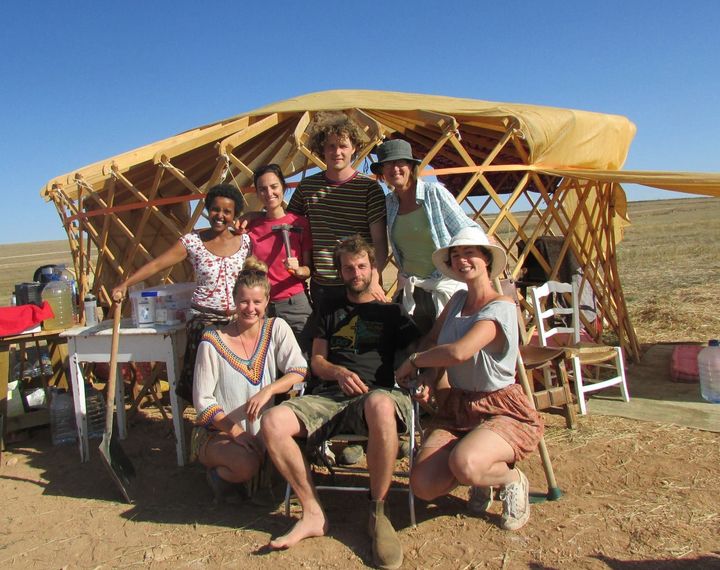
LA JUNQUERA, Spain ― In this sparsely populated region of rural Murcia in southern Spain, fields of thirsty almond trees eek sustenance out of the dusty soil and pale rocks tumble down slopes onto the sides of the road. Successive years of low rainfall have led to serious issues with water security, and some locals say increasingly mechanized farming has been detrimental to the land. This is agricultural country, but it’s clear that these are not fertile plains.
Scan the horizon quickly and you might not notice it the first time. But near a dip in the valley, something unusual is happening. Colorful yurts, compost toilets and an outdoor kitchen dot the landscape. It’s only a 12-acre plot, but it stands in stark contrast to its arid surroundings. Several species of green plants and colorful wildflowers cover the ground, and vegetable patches grow mustard leaf, spinach and broccoli. In the ponds, tadpoles swim in the shallows, and a trotter print in the mud nearby indicates a wild boar has recently stopped by for a drink. Young apple trees are blossoming, and people are digging trenches and planting potatoes.
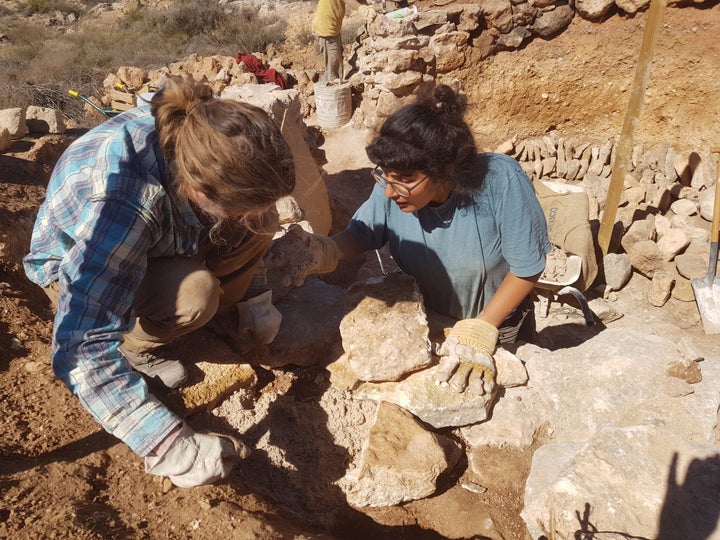
This is Camp Altiplano, where volunteers are using simple practices such as creating ponds and loosening hard earth to return the soil to health.
“When the first tractors arrived [in the 1950s and 60s], that was a big moment for the degradation here,” says Alfonso Chico de Guzman, who owns the plot of land where Camp Altiplano is located. With machinery, most farms increased their amount of productive land by cutting down trees and shrubs, which are vital for healthy soil, the farmer says.
In focusing on soil, Camp Altiplano’s ultimate goal is to learn how to bring degraded land back to life. If current rates of global soil degradation continue, it’s estimated we may only have 60 years of farming left. What’s more, restoring degraded soil worldwide has the potential to remove billions of tons of carbon dioxide from the atmosphere, meaning soils can play an important role in climate change mitigation.
Camp Altiplano’s day begins with a dozen volunteers ― the current cohort are from Spain, the U.K. and the Netherlands ― gathering around a farmhouse table for a morning meeting. Tasks such as feeding the chickens, tending to the vegetable garden and making compost are allocated according to people’s skills and interests, and then the group sets to work for the day.
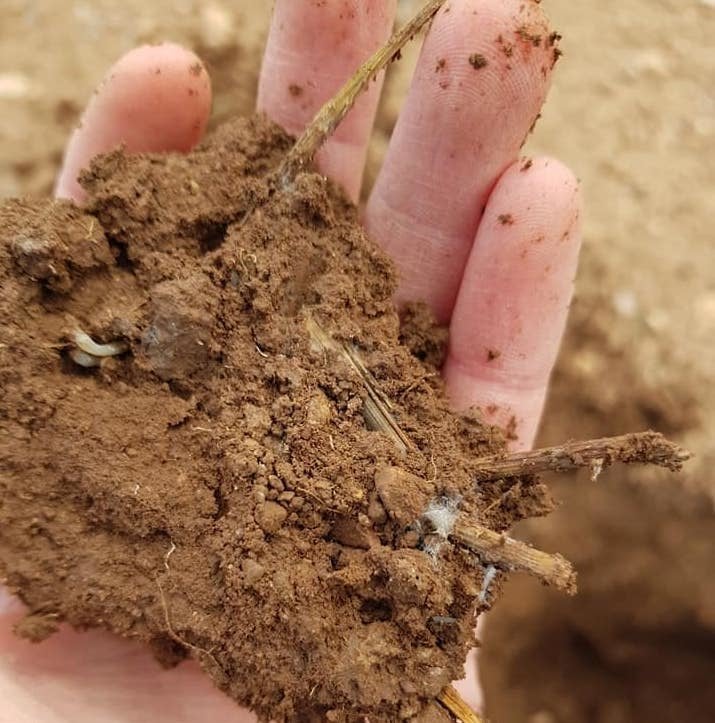
Camp Altiplano is part of the Ecosystem Restoration Camp project, the idea for which came from Chinese-American filmmaker John D. Liu. Frustrated with what he describes as the global “institutional inertia” surrounding climate change, Liu decided to try a grassroots approach. The camp, he says, is “the simplest thing that we can do together to ensure the future of the planet.”
But the aim here isn’t just environmental. At the project’s heart is restoration for people stressed out and feeling helpless in the face of big global problems by giving them a practical way to make a positive change. This is something that strongly resonates with 29-year-old volunteer Kirsten van Reisen, who was struggling with a high workload advising the Dutch government on climate policy before she came to Spain.
“I got close to burning out because I felt like I wasn’t effectively changing what I wanted to change,” van Reisen says. “Trump getting elected was a tipping point for me. I said I have to do something else now.”
Van Reisen heard about Ecosystem Restoration Camps through a friend and hoped that working outdoors would be the change she needed.
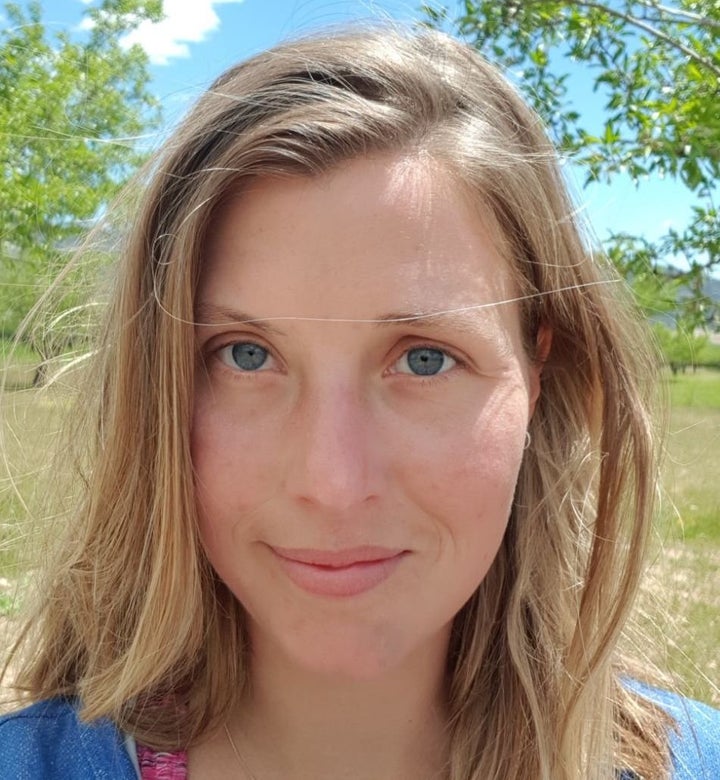
“Being here has in so many ways given me a different perspective on life,” she says of her six-month stint at the camp. “I feel much more inspired. When I read about climate issues now I still see that it’s a huge problem and that what we’re doing here is a tiny drop in the ocean, but at least I feel part of it. Rather than rationally think about the best way to solve a problem, I’ve learned that it’s important to listen to what you like to do. You can’t sustain doing something you don’t enjoy for very long.”
Rob Jackson, a professor of earth system science at Stanford University and an expert in soil restoration, says projects like Camp Altiplano can “help people see connections between our actions and restoring the biosphere.”
Those involved in the camp ― now a year old ― recognize the small scale of their efforts, but nevertheless hope it demonstrates to the region’s farmers what is possible. Next month, the camp will offer ts first professionally accredited course.
Chico de Guzman is part of Alvelal, an association of 40 farmers in southeastern Spain who want to rejuvenate their degraded land while reviving the local economy. It was through Alvelal that Chico de Guzman met Liu and agreed to host an ecosystem restoration camp on a small section of his farm.
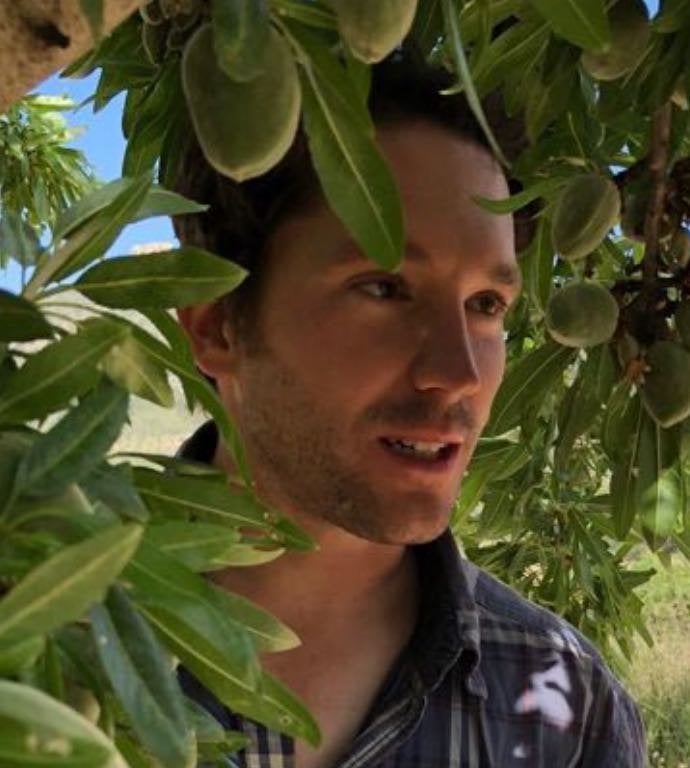
“You have the duty to preserve [the land] and pass it on to the next generation, preferably better than in the state you received it,” says Chico de Guzman, whose family has farmed this plot for 600 years and 15 generations. The 29-year-old says he leases the 12-acre tract to Ecosystem Restoration Camps at no charge because he recognizes the benefit not just to his land, but to the region as a test bed for ways to restore the local ecosystem, which has become increasingly degraded over his lifetime.
Chico de Guzman says he wants to revive the area economically as well, in part by encouraging young Spanish people like Belen Mendicote Mesa to the region. The 21-year-old, who grew up in Madrid, worked a series of short-term jobs before volunteering at the camp two weeks ago.
“It’s good when you work with your hands because you can see the result of what you are doing,” says Mendicote Mesa. She thinks more Spanish young people who aren’t working should try it. “It’s a great opportunity, if there is no job, to do something important. They will get knowledge, they will get a good experience and they are restoring the ecosystem.”
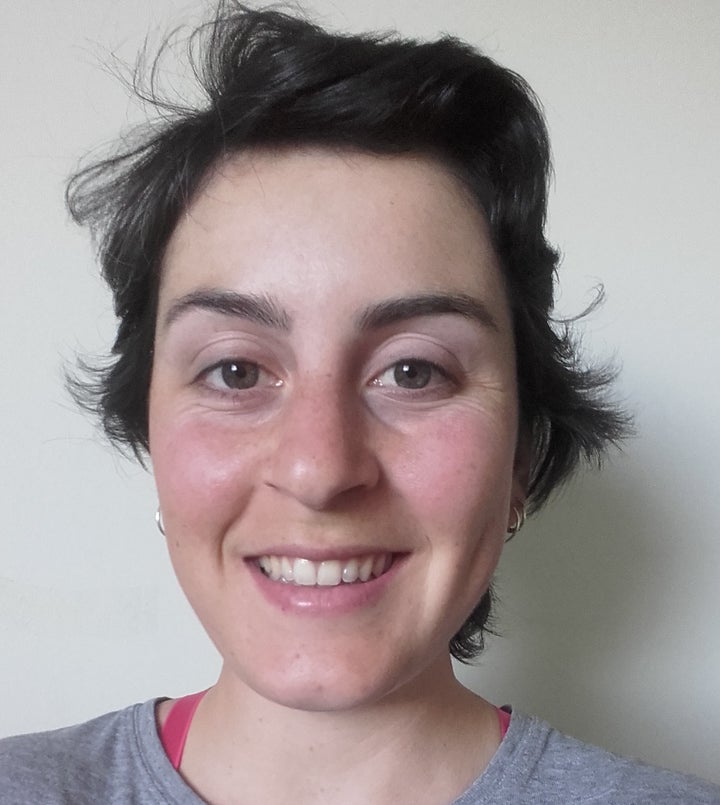
The Ecosystem Restoration Camps project is funded by donations from the public and €10-a-month (about $12) memberships that offer discounts on courses. A festival in September will raise additional funds. Liu hopes the Spanish camp will be the first of dozens around the world.
Back at Camp Altiplano, volunteers are working hard to get ready for a busy summer. After all, the camp anticipates it could be home to up to 50 people over the coming months. Before then, there’s the outdoor kitchen to finish, a grey water system needs to be installed, and more yurts to assemble. The camp, like the soil it’s founded on, is coming to life.
For more content and to be part of the “This New World” community, follow our Facebook page.
HuffPost’s “This New World” series is funded by Partners for a New Economy and the Kendeda Fund. All content is editorially independent, with no influence or input from the foundations. If you have an idea or tip for the editorial series, send an email to thisnewworld@huffpost.com